Chasing the Dream by Allison Vitsky Sallmon
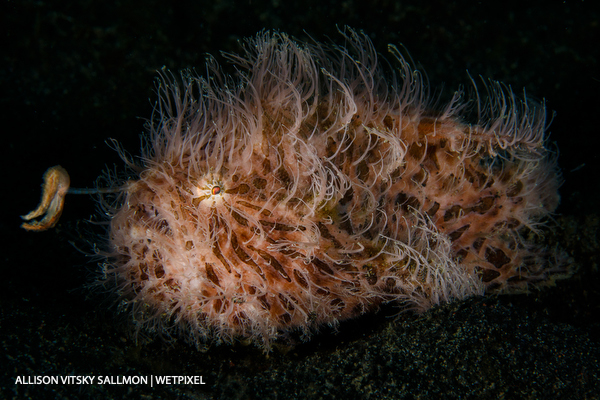
Chasing the dream
Text by Allison Vitsky Sallmon with images by Allison Vitsky Sallmon and Andrew Sallmon
If I had to take a guess as to the most common question among underwater shooters, it wouldn’t be “What camera do your use?” or even “What were your exposure settings for that shot?” It would be, “Where’s your next trip?” Think about it - most of us have our next dive (and often our next exotic trip) planned well in advance – so far in advance that the answer to this oft-asked question may take more than 5 or 10 minutes and span a schedule that stretches 3 or more years into the future.
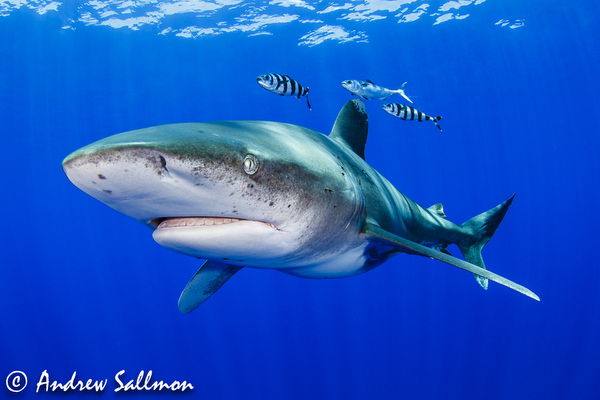
It’s no wonder we’re all feeling uncentered. The world has pressed pause on our obsessive scheduling and has left us only with, “That depends…” as a reply. One thing most of us DO have right now, though, is a bit of extra time – time to dream about what subjects we’d like to photograph in the future, and then determine the best way to get the most spectacular images possible. In some cases, this may simply involve signing up for an organized trip as soon as travel normalizes a bit – but what if none exist to the destination of your dreams? Or what if you want to do things a bit differently? Here, we present some of the approaches that we use when questing an unusual photo subject.
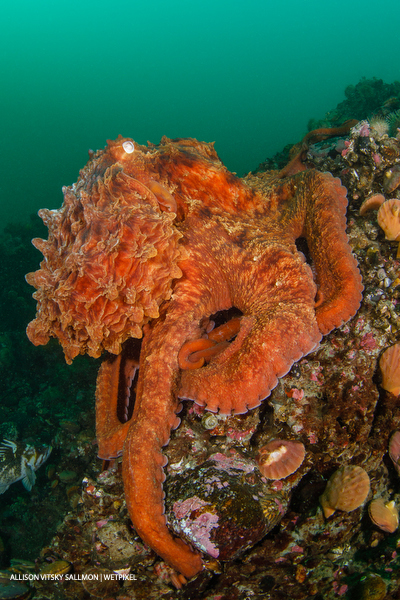
Choosing your destination
Before you book anything, make sure you do some research. The destination that’s most touted as having a high density of your desired subject…may not be the best destination to actually photograph your subject due to conditions, recent changes in the area, or overly aggressive promotion. Make sure you look closely at social media feeds from the destination at the top of your list; you should quickly recognize if the hype is based on one sighting from 4 years ago – and that happens! Also, don’t forget that a less popular destination might also be less crowded, giving you more 1:1 time with your subject.
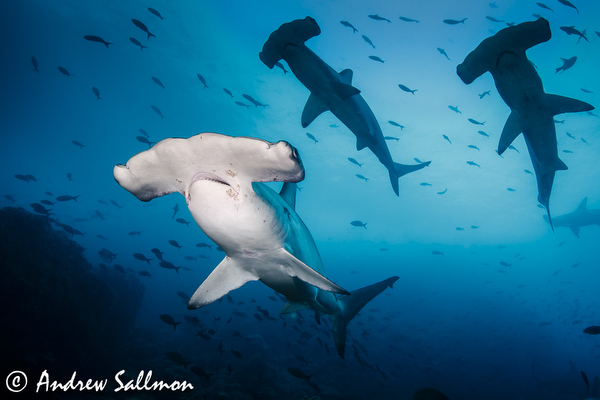
Understand your subject
The internet can be your best friend here. What type of habitat does your subject frequent? What time of year does it spawn or mate? Is it social or solitary? Is it more active during a particular time of day? Does it tend to be more common at a certain water temperature or during a particular season? Asking these questions can help you narrow down the best way to execute your plan – and it might also give you an idea about the conditions you can expect so you can make sure you’re properly trained and geared up.
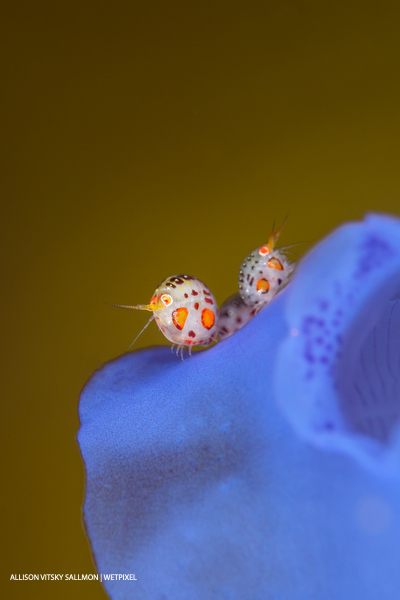
Ensure optimal skills and equipment
Be honest with yourself about your experience level and abilities before you jump on a plane. Thousands of dives in warm water locales might not help you much if you plan to photograph creatures that live in cold, green water. Take the time to get any specialty certifications that will help you be more comfortable diving at your desired destination - and consider taking a photo course or two to help you optimize your chances of a successful shoot.
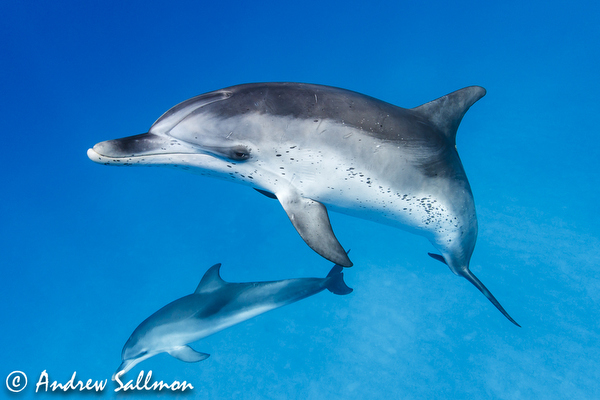
Local advice
Reach out to divers who are local to your destination (or who have visited recently or often). Tell them your goal, and then ask about their favorite dive operations, how they track local marine conditions and creature sightings, and whether there are any social media groups or local email listservs containing recent dive reports. In some cases, inviting a knowledgeable local out for a dive, especially if you are willing to buy their spot (or at least a meal or drink afterward) is a great way to get an “insider” experience.
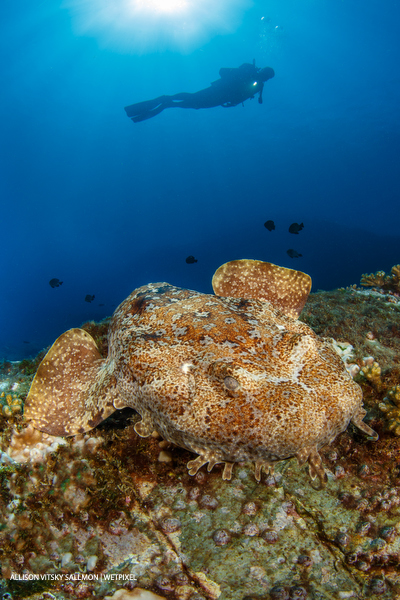
Cost versus investment
Contact multiple operators in the area, but don’t forget that cost isn’t everything! Sometimes spending more can be well worth it. Ask about the number of divers on the boat, the number of dives done each day, and whether you will have time limitations. A more expensive 2-tank, 6-diver trip with unrestricted bottom times may be a better value than a cheaper 3-tank, 16-diver trip with enforced 50-minute bottom times. And while group trips can be a blast, diving with a group of shooters isn’t always the best way to photograph elusive subjects – it may be worthwhile to look into limited-load boats or add-on days. And although few of us can afford to do an entirely private dive trip, budgeting for one or two solo days can sometimes yield big rewards.
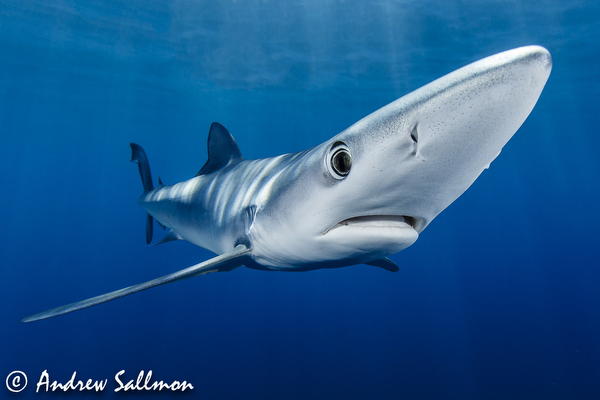
Final tips
First, thank every single person you contact. It doesn’t matter if you’re a brand-new diver or a well-known shooter. You may be asking for help from a busy person who knows nothing about you, and their inclination to provide guidance will be quite a bit greater if they feel appreciated. Most importantly of all, remember that no photograph is worth harassing a creature, no matter how amazing or rare that creature is. If you see a cluster of eager shooters waiting to take pictures of a subject that is obviously turning or trying to swim away, then it’s probably time to consider whether you should photograph the creature at all. After all, the most life-changing, memorable experiences are those that happen organically.